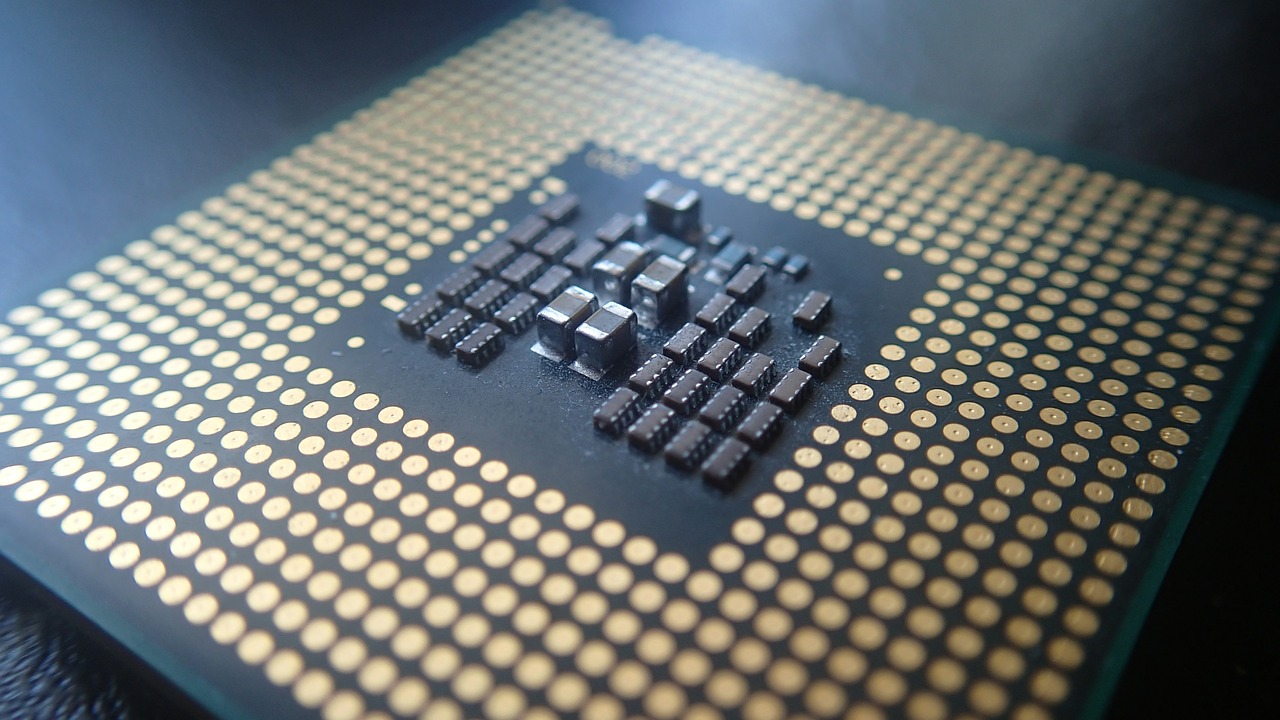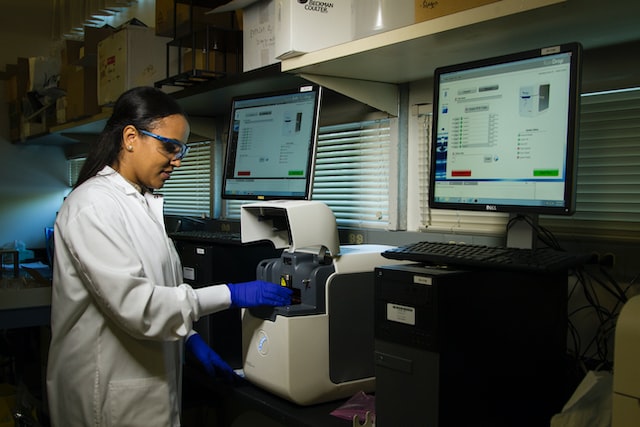Moore’s law is an empirical observation named after Gordon Moore, the former CEO of Intel, who in 1965 predicted that the number of transistors in a processor will double every two years. From then and until 2010, the reality was confirming Moore, but then semiconductor manufacturers hit a wall made up of physical and technical limitations.
While we’re still pushing forward with incremental improvements, lower cost, and vastly better energy efficiency and thermal ratings, CPUs are no longer doubling their transistor count. Many have called Moore’s law dead, others have devised it to make it fit better in a greater context, and some just consider it irrelevant.
When asked about it, Synopsys CEO, Aart de Geus, answered that Moore’s law isn’t dead but the human capacity to follow up with the prediction timelines has been depleted. It is now time for AI tools to undertake the design of chips, building them better than the best that we can comprehend and achieve.
As de Geus explains, AI can derive extremely successful designs by running simulations that would be impractical for actual engineers to test in the lab. Chipmakers need entire weeks or even months to figure out if an IC optimization approach is working as expected, and at what performance or efficiency cost. AI can predict all that without ever needing to have the actual concept design produced and vigorously tested.
Synopsys calls this product of theirs ‘DSO.ai’, which stands for ‘Design Space Optimization AI’, and emphasizes that the toolset is entirely autonomous. According to the company, DSO.ai can find the optimal position of logic and IP blocks, the connective routing, the field-programmable gate arrays, etc. By testing out millions of possible iterations, DSO.ai can end up with the one that is the absolute best, and it can do so in record-times for the industry.
It’s like the design process is taken out of the equation, and it’s all a matter of accommodating production then. Especially in an age of infinitely diverse applications for electronics, this system could also unlock a world of highly customized tailor-made chips.







